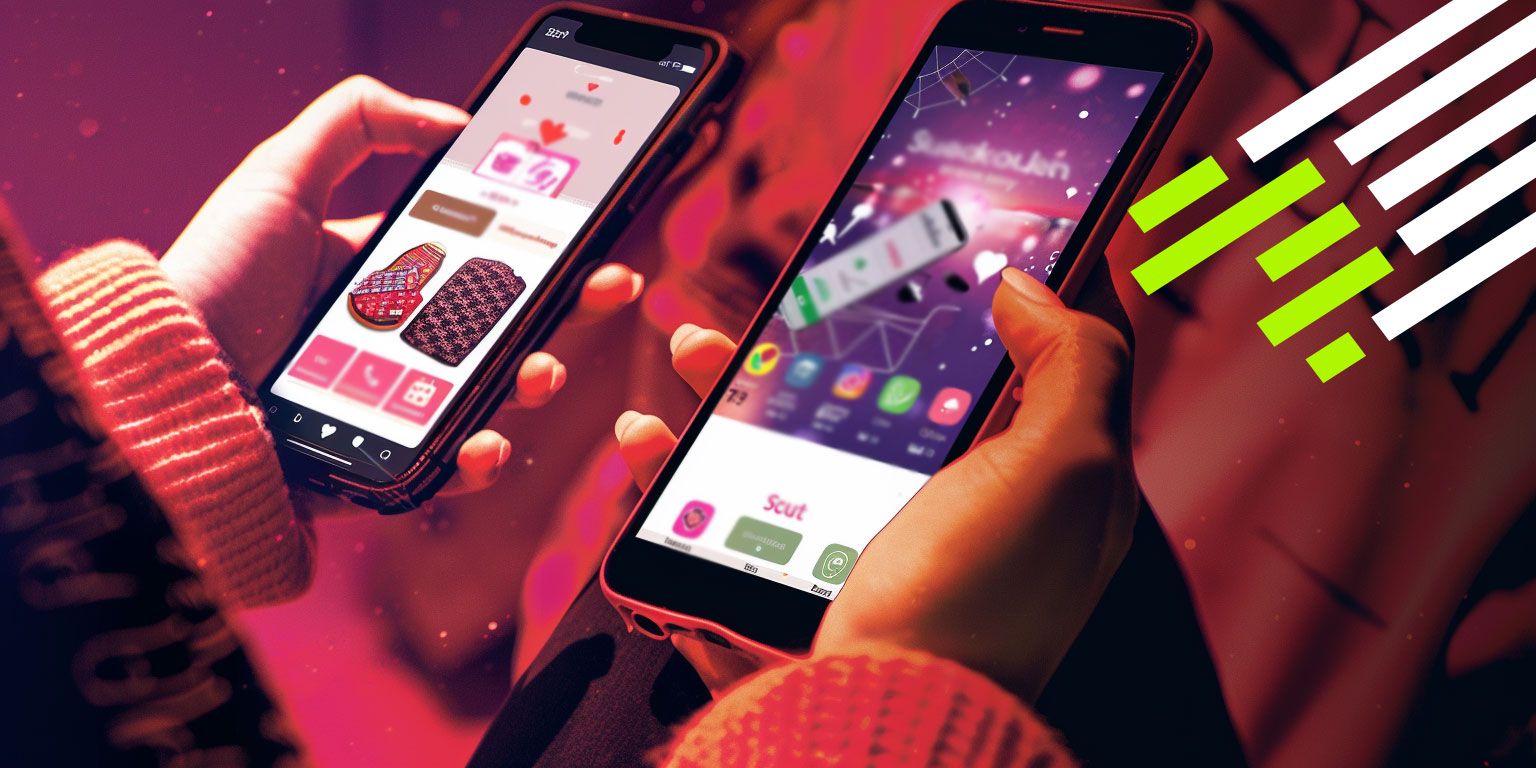If you're like most entrepreneurs, you've probably experienced the discouraging feeling of releasing a new product or offer and getting low engagement. You've spent all this time making sure that you deliver the greatest thing out there, but when you release it to the world, people barely give it a second glance.
You might think people are uninterested because your offer isn't attractive enough, but that's not always the case. People might seem uninterested because they're busy or they're just screen-shotting your offer to save it for later.
Worse yet, some may even criticize it. So what do you do when this happens? How can you turn things around and get people interested in your new offering?
Here are 3 Easy Tips to Boost Engagement on Your Offers
1) Making it Easy for People to Choose your Offer/Promotion
When you provide an offer to someone, it’s important to make sure that it’s as easy as possible for him or her to say yes. In order to do this, you need to be clear with what you are asking and what the incentive is. If the offer is incomplete, the person may not be willing to take the time to say yes. By being clear, you can make it more likely that the person will agree to your offer.
An incomplete offer is an offer that's missing key information. When someone makes an incomplete offer, they're not giving potential customers all of the information they need to make a decision. This can be a problem, because potential customers may not be able to tell if the offer is worth their time or not.
Take this incomplete ask, for example: "I just started a new youtube channel, and I'd like your support." This offer is missing important information. instead could say, "Hey, I just started a new youtube channel, and I'd like you to please subscribe and like, share. Here is the link." This is a more effective offer.
If you're making an offer, be sure to include all of the relevant information potential customers need to make a decision. That way, they'll know if the offer is worth their time or not.
When it comes to buying something, people want to feel confident in their purchase. If they can't try it before they buy it, or there's some sort of risk involved in the purchase, they're much less likely to pull the trigger. Offering a 30-day money-back guarantee, a free trial, or a low-cost investment can increase the odds of someone buying from you.
For example, let's say you're selling a new product that has yet to be released. Offering a 30-day money-back guarantee can give potential buyers peace of mind and make them more likely to buy from you. Additionally, if you're selling a service, offering a free trial can help people decide whether or not your service is for them.
2) Consider giving away your offers as rewards!
In order to get someone to do what you ask, it's important to increase the value of the reward he or she will receive. Consider giving away your offer for free to a select number of people. This will show your potential customers that you're serious about your product or service, and that you're worth their time. Additionally, it will motivate them to take advantage of your offer before it expires.
You could ask those people for testimonials or referrals in exchange for the free offer. This can help you get more exposure for your product or service and potentially bring in more customers.
The key to offering this kind of incentive, though, is making sure it’s actually something worth putting in the effort you want people to put in. Unfortunately, many times companies will promise rewards that are either too small or not desirable enough to actually get people to participate. When developing a rewards program, be sure to consider what your audience wants and make sure the incentives are worth their time.
Another important factor to keep in mind is how easy it is to redeem the rewards. If participants have to jump through too many hoops or fill out a lot of paperwork, they’re less likely to bother. Make it simple and convenient for people to get their rewards and they’re much more likely to take part.
Finally, always test your program before launching it. Try different reward levels and see what gets the best response.
CASH REWARDS
People are generally more responsive to a cash incentive. This is especially true when it comes to sales. A good way to increase sales is to offer an affiliate link, which allows people to receive a percentage of sales. This type of incentive is a great way to get people excited about promoting your product or service.
It could look something like: "Are you looking for a way to make some extra money? We offer a 10% commission for every person you bring that subscribes to our service. Plus, there is no limit to the amount of money you can earn."
REFERRAL REWARDS
Referred customers can be extremely valuable, as they're often already interested in what you have to offer. Plus, they come with a built-in recommendation from someone they know and trust.
There are a few ways to provide incentives for referrals. You could give the person referring others a cash bonus for every new customer they bring in, or offer them a discount on their own subscription for each referral. Some platforms even reward both the referrer and referee with bonus points or other perks.
No matter what type of incentive you choose, make sure it's appealing and easy to understand. People are more likely to participate if the referral process is simple and straightforward.
3) Create a Gamified Experience
The use of gamification in products or services is becoming more popular. Gamified experiences are more motivating and engaging than traditional marketing techniques. They create a sense of involvement and ownership that leads to increased customer loyalty.
Another reason gamification works so well is that it provides users with feedback on their progress. This helps keep users motivated and engaged as they work towards their goals.
One popular example is Google’s use of badges for people who leave reviews in Maps. The next level badge is only achievable if a certain number of reviews are left, so it encourages users to get involved and contribute. Gamification can also be used in education, with rewards such as leaderboard rankings and digital badges being used to motivate students.
Ideas for gamification such as "loyalty badges," "spin and win," or "scratch the card" can be utilized within a product to increase user engagement
In conclusion, user engagement can be increased through careful planning and a personal touch. By being proactive with users, companies can create a more meaningful connection that leads to better user retention and loyalty.






